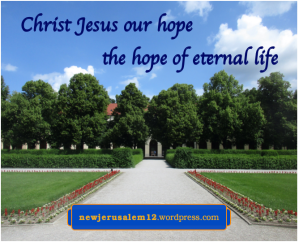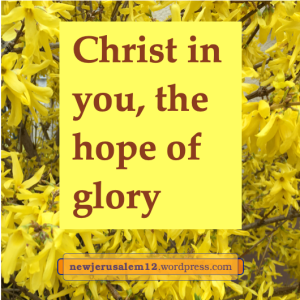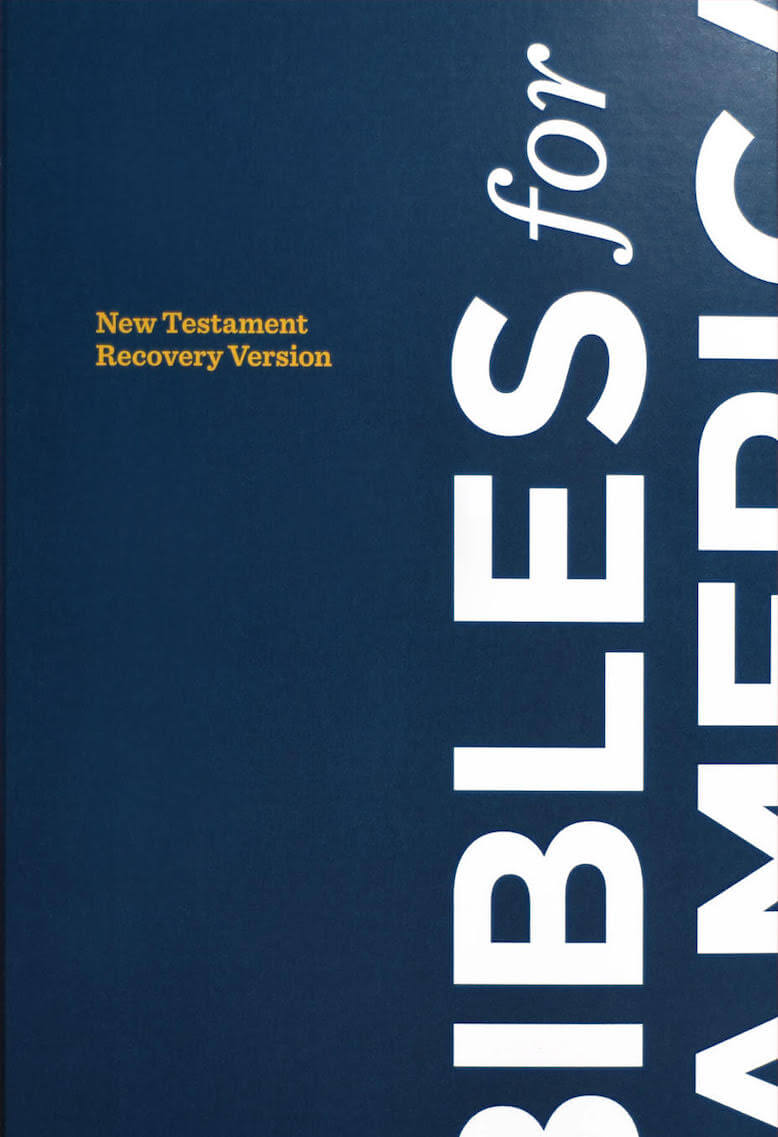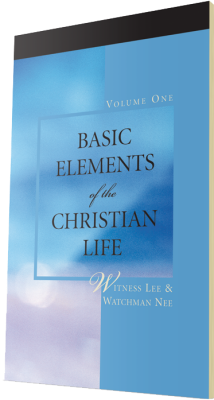In Christ we are a new creation. Outside of Him everything presently remains in God’s original creation, which became the old creation because of the fall of man which brought in sin and death.
The old creation is our old man in Adam (Eph. 4:22), our natural being by birth, without God’s life and the divine nature. The new creation is the new man in Christ (Eph. 4:24), our being that is regenerated by the Spirit (John 3:6), having God’s life and the divine nature wrought into it (John 3:36; 2 Pet. 1:4), having Christ as its constituent (Col. 3:10-11), and having become a new constitution. This refers to the nature, the inward and intrinsic organic constituent, of the church. Thus, the new creation is composed of sons; it is a corporate, divine sonship (3:26; 4:5, 7) brought forth through Christ’s redemption, the Spirit’s regeneration, and God’s dispensing of Himself into us, and through our entering collectively as this new man into an organic union with the Triune God.*
 Thank the Lord for our new beginning through redemption and regeneration and for our renewing by God’s life flow into us, His dispensing. We have “been regenerated not of corruptible seed but of incorruptible, through the living and abiding word of God” (1 Peter 1:23). This is our spirit being made alive, born, of the Spirit (John 3:6).
Thank the Lord for our new beginning through redemption and regeneration and for our renewing by God’s life flow into us, His dispensing. We have “been regenerated not of corruptible seed but of incorruptible, through the living and abiding word of God” (1 Peter 1:23). This is our spirit being made alive, born, of the Spirit (John 3:6).
Gradually the Spirit in our spirit spreads through our being to make us wholly new. This is the path to New Jerusalem. When we are fully new, the Lord will then remove all the oldness around us and bring in the new creation and New Jerusalem will manifest His work in us.
* Part of footnote 1 on Galatians 6:15 in the Recovery Version Bible published and © by Living Stream Ministry. A New Testament of this Bible, with 9000 footnotes, is available in multiple languages for free from Bibles for America, Bibles for Canada, Bibles for Europe.
Photo courtesy of pixabay.com.












